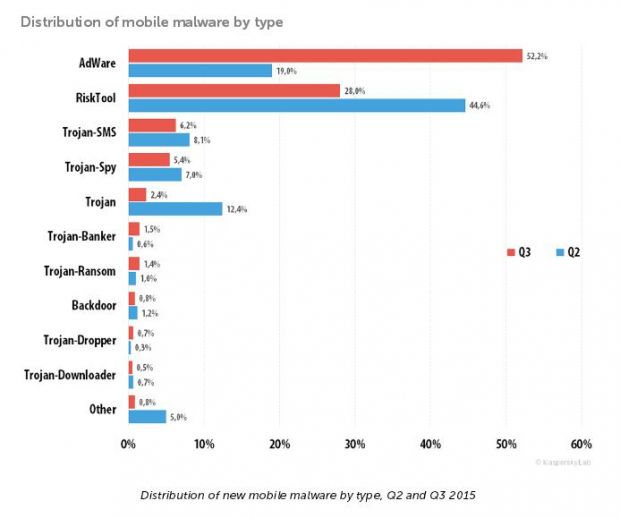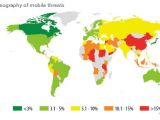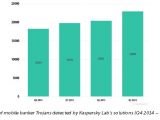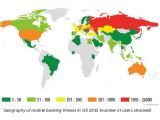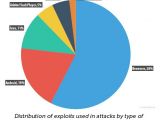During the past three months (2015 Q3), Kaspersky has recorded a rise in malware targeting mobile devices and the financial sector. Their statistic comes to conclude an easily observable trend, which is growing year by year.
According to telemetry data gathered by Kaspersky's security products, during the past summer, mobile threats continued to increase in numbers, of which, over half was adware that did nothing more than to show annoying ads.
The increase in mobile malware activity can be easily understood by taking a closer look at the raw data.
With 323,374 new malicious mobile programs, Kaspersky detected 1.1 more malicious apps in Q3 than in Q2, and 3.1 more than in Q1.
The same goes for the number of malicious installation packages, which in Q3 was at 1,583,094, while in the previous quarter, this was only two thirds of this number, around 1 million.
This was to be expected since more and more people are now owners of a smartphone, so it makes sense for cyber-criminals to also diversify their malware families.
On the other side of the spectrum, regarding desktop and online-based threats, trends seemed to be identical to the mobile sector, with most of the malware detected being adware.
Besides the rising numbers of malware, Kaspersky also saw an increase in banking trojans across the board, with operators targeting both online and mobile payments systems and banking platforms.
During the third quarter, Kaspersky recorded over 5.68 million notifications about attempted malware infections to steal money from users. The most common detected offender was Upatre.
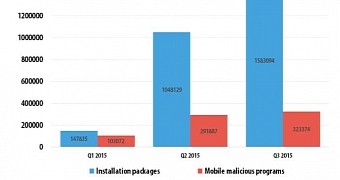
 14 DAY TRIAL //
14 DAY TRIAL // 